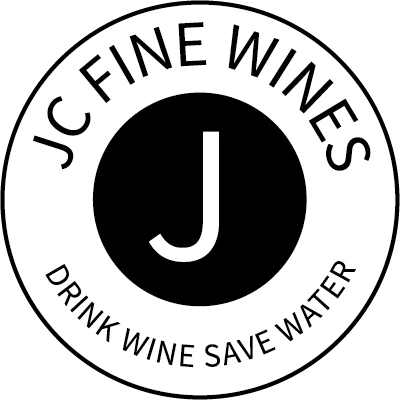Region or Appellation: Pessac Leognan/ Bordeaux / France
Classification: 1er Grand Cru Classé
Vintage: 2010
Blend: 57% Cabernet Sauvignon, 23% Merlot & 20% Cabernet Franc
Alcohol ABV: 14 -15%
Sweetness: Dry
Drinking Window: 2015-2080
Closure Type: Cork
- Vintage Notes:
- A dry year with an arid summer. The weather during the growing season, from early April to late September, was the driest since 1949. This water deficit caused dehydration in the vines, concentrating the grape juice and producing the highest values ever measured, particularly in terms of sugar content. The very cool nights promoted the accumulation of anthocyanins, so the 2010 red wines are the deepest-colored in recent years.
Expert tasting note: (2010 vintage) "Opaque, inky purple/black, holding its colour well to the rim. Restrained, subtle aromas contain concentrated notes of cassis, blackberry, dried-fruit, mocha and cedar. Very tightly structured with very dense but refined tannins that are surprisingly supple. The concentrated fruit is reminiscent of Christmas pudding, with additional notes of mocha, cedar & other savoury elements. Fresh acidity helps balance high alcohol keeping it fresh and give a very long finish." - 3/11 DCAMW
Jean de Pontac began constituting the Haut-Brion vineyard, in the Graves region, in 1525. His descendants went on to produce “New French Claret”, the precursor of today’s great red wines. Their efforts enabled Arnaud III de Pontac to sell his wine under the estate’s name as early as 1660. It gained a fine reputation and enormous success in London. The first of the Bordeaux great growths was born!
Haut-Brion’s history has been marked by many famous men: Count Joseph de Fumel (Field Marshal, Governor of the Province of Guyenne, and Mayor of Bordeaux), Talleyrand (Foreign Minister of Napoleon I, Emperor of France) and, more recently, C. Douglas Dillon (American ambassador to France and US Secretary of the Treasury during the Kennedy administration).
In 1961, Haut-Brion was the first of the great growths to use stainless steel fermentation vats, and continues to be in the forefront of innovation thanks to the meticulous selection of the ideal clones for each grape variety used at the estate.


